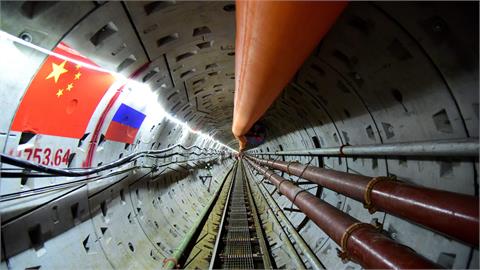Intercontinental Exchange has explicitly banned an array of market strategies — from flooding its systems with data to tricking others by cancelling orders — in a tougher stance towards electronic trading groups. Two of ICE’s commodity futures exchanges in New York and Canada, which, among others, offer oil and gas futures contracts, late on Monday December 29, outlined rule changes that set out detailed lists of prohibited "disruptive trading practices”. They are to take effect on January 14, about four months after exchanges owned by rival CME Group adopted similar rules. Both ICE and CME are in a delicate position, seeking to keep markets fair without choking off volumes from proprietary traders. As self-regulatory organizations they are the first line of defense against abuse. As for-profit exchange operators, they depend on active trading groups for liquidity and revenue.
Disruptive trading was made illegal under the 2010 US Dodd-Frank financial reform law. Last year, the US Commodity Futures Trading Commission issued further guidance on banned types of trading including "spoofing”, or entering bids or offers with the intent to cancel them before completion. Such strategies can take place in millionths of a second as traders use algorithms to gauge the price level and depth of a market. One trader is fighting criminal charges that he designed computer programs to spoof commodity and currency futures markets for an illicit $1.6m in profit.
ICE said it was now providing "additional clarification” on disruptive practices which were prohibited. These included entering orders with "intent to overload, delay, or disrupt the systems of the exchange or other market participants” and the "intent to cancel the order before execution”. A four-page document attached to the rule notices attempts to illuminate the changes, but an executive at one trading firm warned the rules appeared to rely heavily on judgment calls by exchange regulatory officials. ICE said that using a "momentum ignition” strategy to kick-start price movements was a potential violation of the rule, but only if a trader also intended to disrupt orderly or fair trading, was reckless or misleading or engaged in other shenanigans.
Iceberg orders, which divide large orders into segments that are visible to and hidden from the market, would not violate the rules unless used to mislead other participants. The document adds that ICE market regulation officials "may consider a variety of factors”, including a trader’s historical pattern of activity and actions in related markets, as they weigh bringing a case.



